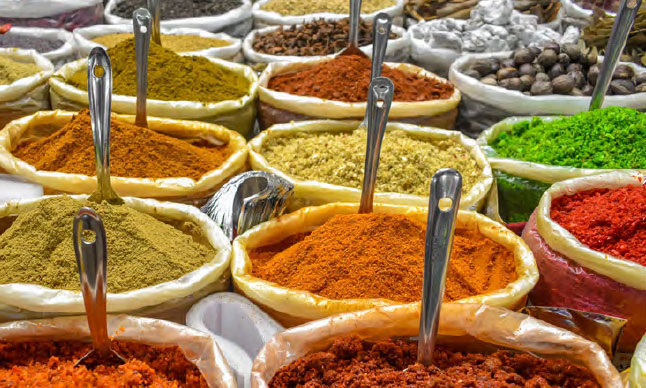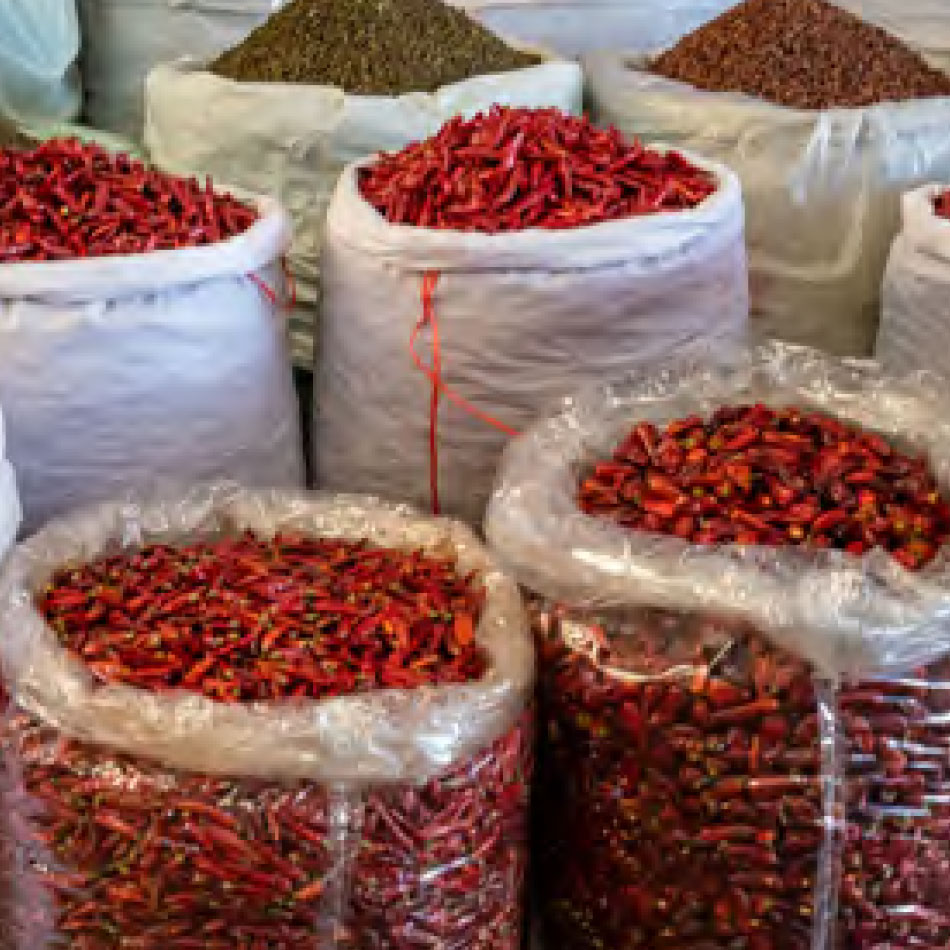


All peppers contain a pungent molecule called capsaicin, and spiciness, using the Scoville scale, is measured by the concentration of this molecule. Scoville Heat Units (or SHUs) can range from 0 SHUs for bell peppers to the current Guinness World Record-holder for hottest pepper, the Carolina Reaper, at over 1.4 million SHUs.
The capsaicin molecule binds to pain receptors called TRPV1. That creates the sensation of heat, causing a burning feeling. It tricks our brains into thinking our mouths are on fire—but without the tissue damage. Sometimes we even get a runny nose or watery eyes, or we start sweating!
Jalapeno peppers have 2,500 to 8,000 SHUs, cayenne peppers have 30,000 to 50,000 SHUs, Scotch Bonnets are at 100,000 to 350,000 SHUs, Bhut Jolokia (ghost peppers) come in at 1,000,000 SHUs and pure capsaicin has 16,000,000 SHUs.

Many people around the world eat hot peppers every day, and most cultures incorporate spice into their cuisine in some way. It is just part of the food that they enjoy. Like riding a roller coaster or watching a horror movie, eating hot peppers can give you the sensation of danger while you are actually staying quite safe.
Holding an intact pepper won’t burn you. But once you cut into it, it could sting. The capsaicin concentration is highest inside the pepper—particularly in the pith, the pale membrane that holds the seeds.
If you have sensitive skin or any small cuts on your hands, or if you touch your mouth, nose or eyes, you might feel a burning sensation. (If you wear contact lenses, never put them in or take them out right after cutting peppers with your bare hands.)
Some people like to wear protective gloves while chopping peppers, but others prefer to wash their hands extremely thoroughly with warm soapy water. And don’t forget to clean your knife and cutting board, so the pepper oil doesn’t transfer to other foods.
What is the hottest pepper you have ever tried? What was your physical response? How does your tolerance for spicy food compare with that of your friends and family members? Do you normally eat spicy food, or only rarely? Do you notice whether you build up a tolerance for higher SHUs if you gradually expose your palate to hotter peppers over time?
Capsaicin can actually be used for pain relief in low concentrations, such as in topical ointments or creams, and may help lower blood pressure.